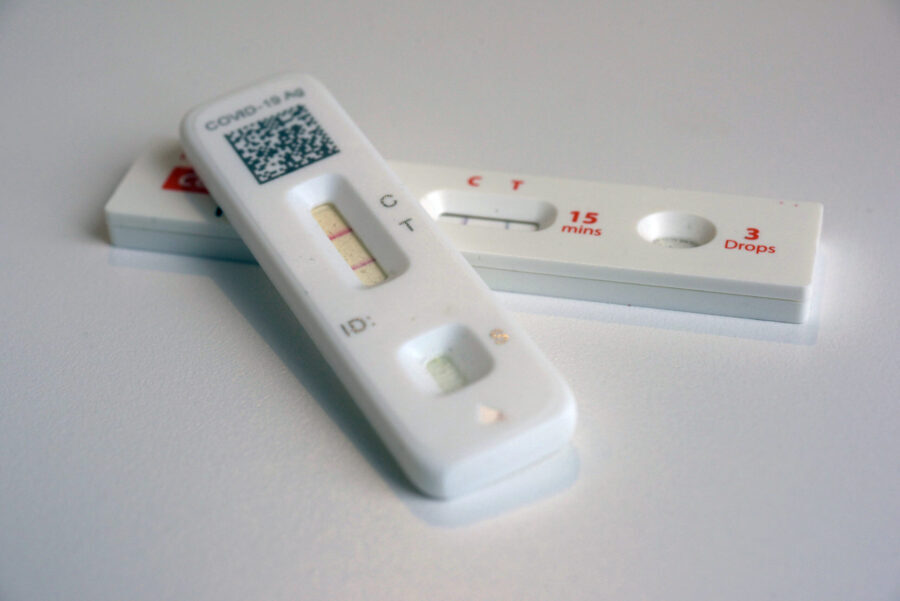Will Men Still Vacuum The Living Room & Take Kids To The Dentist After The Pandemic?
Feb 9, 2021, 11:25 PM | Updated: 11:43 pm
SALT LAKE CITY, Utah – There are few upsides to a global pandemic, but University of Utah sociologist Dan Carson knows one – more men are doing housework and taking care of children.
Like gender equity at work, gender equity at home had stalled. Since the so-called “quiet revolution” that brought large numbers of women into the workplace, men have doubled and tripled their time doing chores and child care.
But for the past couple of decades — even though most people agree couples should share domestic duties — progress has stagnated.
Enter a pandemic – schools close, people start working from home. By one measure, working parents take on an additional 28 hours a week of household duties.
A study co-authored by Carlson found, among the 1,000 or so parents surveyed, the number of couples sharing housework equally grew from 26% to 41%. The number sharing child care for children six and older rose from 45% to 56%.
Before the pandemic, Parag Awadhiya felt bad that he was able to spend only an hour a day with his 16-month-old daughter. Now, self-isolating at home, he and his wife get 24 hours a day with their daughter while juggling their jobs writing and testing software.
“It is overwhelming,” Shubhanjali Awadhiya said.
“Life has been like on a treadmill,” Paraga Awadhiya added.
“You don’t like to talk about the pandemic as an opportunity, but it certainly is a moment,” Carlson said. “(It) provides parents the opportunity to stop and think.”
“This is this exogenous shock, outside shock that comes in and shakes things up,” he added.
Yet Carlson said considering this is an ideal situation for men to contribute, their contribution is not as big as some might have hoped for.
Women still do twice the work at home as men. Even women who are the household breadwinners do more chores and child care.
Because of the demands of child care, women have lost a lot more work hours and more than 2 million women have left the labor force.
That’s to say nothing, Carlson said, about the plight of single parents, mostly single mothers, who don’t have spouses to pitch in.
He said the question now is whether men continue to contribute more or will they go back to their pre-pandemic ways.
Part of the answer lies in how many jobs migrate back to the office.
“There is still the possibility that the experiences that families have gone through and the lessons they’ve learned will stick,” Carlson said.
Parag Awadhiya, who was able to take five weeks of paternal leave, said he will continue to do more chores and child care.
“I don’t want to go back to the state where it was before the pandemic, having seen and acknowledged the workload that was on my wife,” he said. “I believe she was doing much more work than I was doing.”
”That experience of being engaged and learning the needs of your children changes men’s perspectives,” Carlson said.
“The actual experience of caregiving really ends up shaping and changing men’s attitudes and behaviors and their lives,” said Brigid Schulte, author of “Overwhelmed: Work, Love, and Play When No One Has the Time.” “It ends up transforming their lives.”














